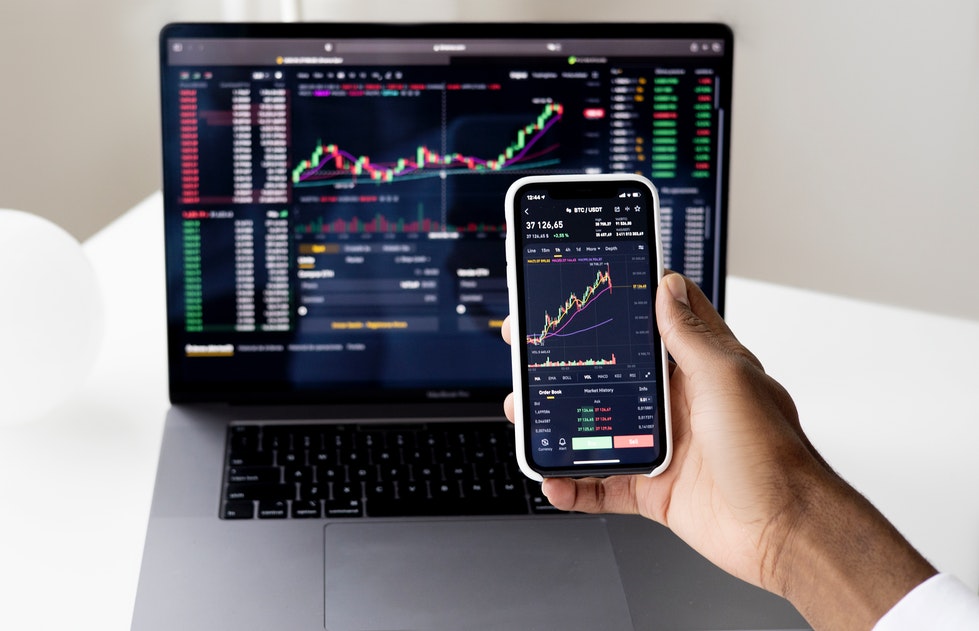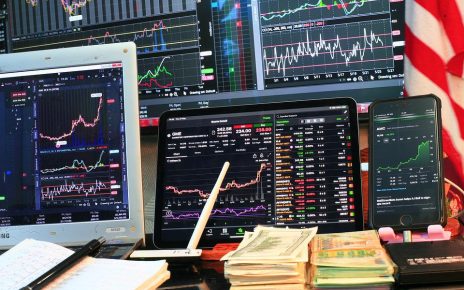- Biden and McCarthy agreed to suspend the US debt ceiling to 2025.
- US consumer spending beat expectations in April.
- The US personal consumption expenditure price index also increased by 0.4% in April.
Currency futures fell as the dollar gained for the third consecutive week on Friday due to increased expectations of higher interest rates and ongoing discussions about the US debt ceiling.
Talks between President Joe Biden and top congressional Republican Kevin McCarthy showed some progress and calmed investors. However, doubts remained about the timing of an agreement between both parties.
According to a US official, Biden and McCarthy neared a deal to raise the government’s $31.4 trillion debt ceiling for two years and limit spending on most items. However, an administration official involved in the talks cautioned that significant issues remain to be addressed. This came to pass on Sunday as the two leaders agreed to suspend the debt ceiling to 2025.
The dollar’s strength was also driven by the belief that the Federal Reserve must maintain higher interest rates for an extended period to control inflation. The Fed’s policy adjustments have influenced currency movements.
US consumer spending beat expectations in April, enhancing the economy’s growth outlook for the second quarter. On Friday, the Commerce Department reported that US consumer spending rose by 0.8%.

Additionally, inflation accelerated, raising the possibility of another interest rate boost by the Federal Reserve next month. The personal consumption expenditures (PCE) price index also increased by 0.4% in April, following a 0.1% rise in March. As a result, the dollar reached a new six-month high against the yen.
Furthermore, the Commerce Department released data on Friday indicating a surprising rebound in orders for non-defense capital goods, excluding aircraft, a significant indicator of business spending plans.
These positive reports, along with the resilience of the labor market, a rebound in factory production, and an increase in business activity, suggest that the economy is recovering in the spring after facing challenges in the first quarter. These developments have also heightened the likelihood of the US central bank raising rates in June.
European policymakers expressed varying views on future eurozone inflation. Philip Lane, the chief economist of the European Central Bank, dismissed concerns about core inflation. However, the ECB’s approach to interest rates remains uncertain in the coming months. Meanwhile, data showed increased spending by British consumers in April, although the pound closed the week lower.





